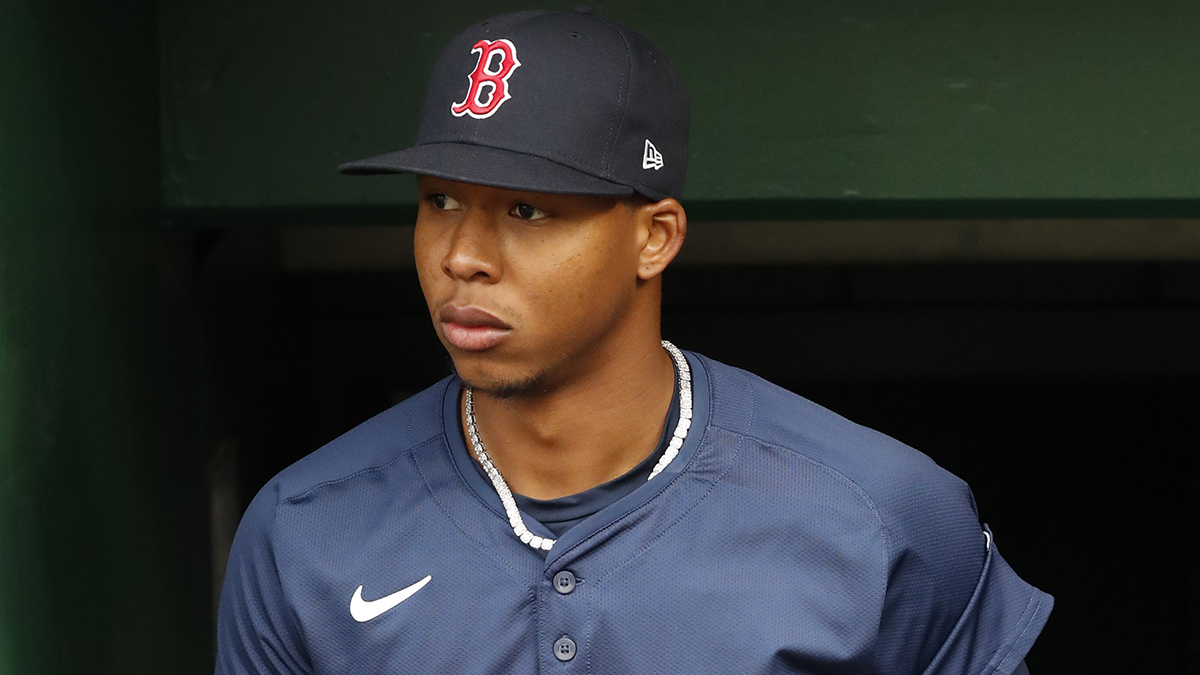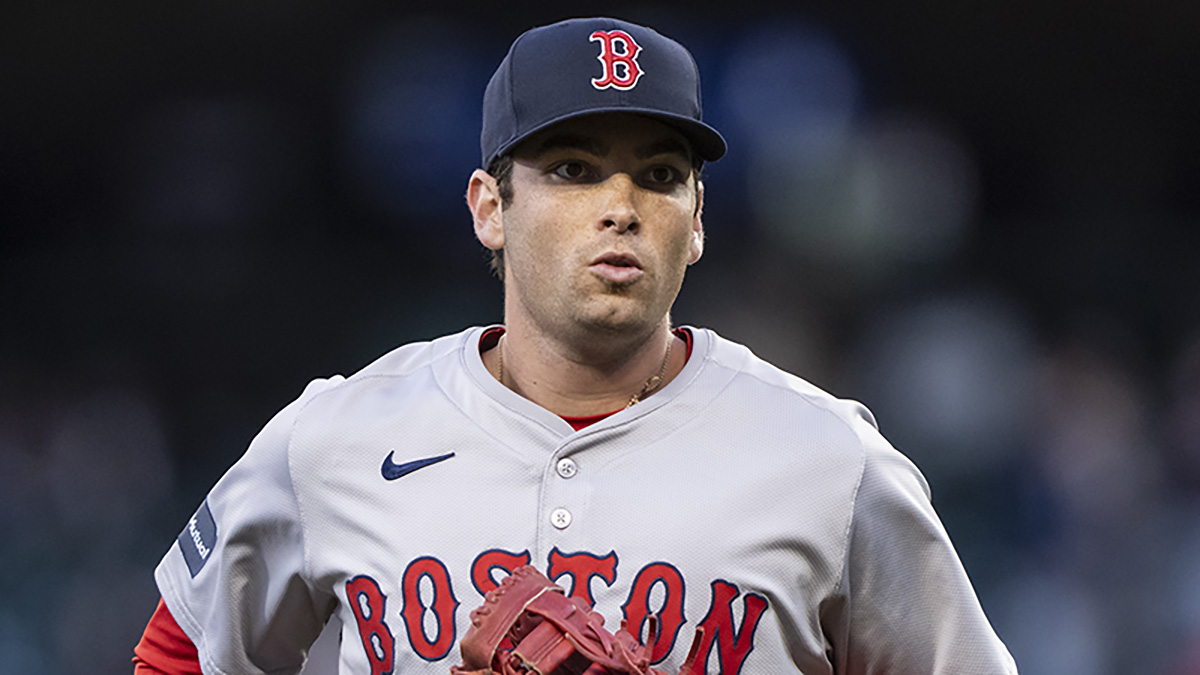
If it's the off-season, it must be time for some David Ortiz contractual drama.
For the third October running, the Red Sox have a decision to make on their designated hitter.
In 2010, they had to decide whether to pick up a 12.5 million option. (They did.)
Last fall, Ortiz was a free agent, but the Red Sox offered him salary arbitration, and in December, Ortiz accepted, effectively binding him to the club. Minutes before a January arbitration hearing, the two sides essentially split the difference on their filing numbers and agreed on a one-year, 14.575 deal.
Now, it's decision time again. But there are some important differences.
Thanks to a change in the collective bargaining agreement -- signed last November, but not implemented right away -- clubs are no longer allowed to offer arbitration to their own free agents.
Instead, under a new system that more closely resembles the NHL's, teams are permitted to offer their own free agents "qualifying offers." Major League Baseball takes the average of the top 20 percent of players in the game and establishes that as the qualifying offer standard -- one salary fits all.
Boston Red Sox
For this year, the first under the new CBA, that figure will fall somewhere between 13.3-13.4 million.
The problem there is that represents a paycut of more than 1 million for Ortiz, virtually guaranteeing that he would reject such an offer and seek free agency.
Qualifying offers must be made within five days of the conclusion of the World Series. Players then have five days to accept or decline.
Given the likelihood that Ortiz would reject the offer, a sense of urgency has been injected into the negotiations. It would behoove the Sox to get Ortiz signed to a contract before the end of the World Series.
A baseball source indicated the Sox, who had some preliminary talks with Ortiz during the season, will begin talks in earnest within the next week.
Once those discussions begin, another hurdle could develop: Ortiz has made it clear that he wants a multi-year deal as a reward for his production. It rankles the veteran slugger that the Sox have doled out multi-year deals - some as long as seven years -- to players outside the organization, but have been unwilling, over the last two off-seasons, to commit to more than one to him.
Ortiz has a point, of course. And though he missed nearly the entire second half with an Achilles heel injury, his 2012 season -- what there was of it -- was superb. His .611 slugging percentage was his highest since 2007 and his OPS (on-base percentage plus slugging) of 1.026 was the third-best in his career.
But there are counterpoints, too.
For one thing, Ortiz will turn 37 next month. And as the Achilles heel injury reminded everyone, he's more susceptible to injury, including ones that could be career-threatening.
Moreover, there's the issue of the marketplace. As a DH, Ortiz has little or no value to the 15 National League teams. And of the remaining 14 American League teams (with Houston switching leagues this winter), some are already committed to veteran DHs (Chicago, for example, has two years remaining with Adam Dunn) while others, like the Yankees, prefer to rotate position players in the DH role to provide occasional rest.
Ortiz has said he would like to finish his career with the Red Sox, and ownership has long had a soft spot for Ortiz. What makes the most sense is a one-year deal at a slight raise (say, 15 million or so), with a vesting option at the same figure based on plate appearances. (Teams are forbidden from tying vesting options to actual statistical figures like home runs, RBI, etc).
But if a deal like that is going to be reached, it probably has to happen in the next three weeks. Once it comes to time to make a qualifying offer -- which the Sox would need to do to guarantee they would get draft pick compensation in the event Ortiz signed elsewhere -- the leverage shifts to Ortiz.


